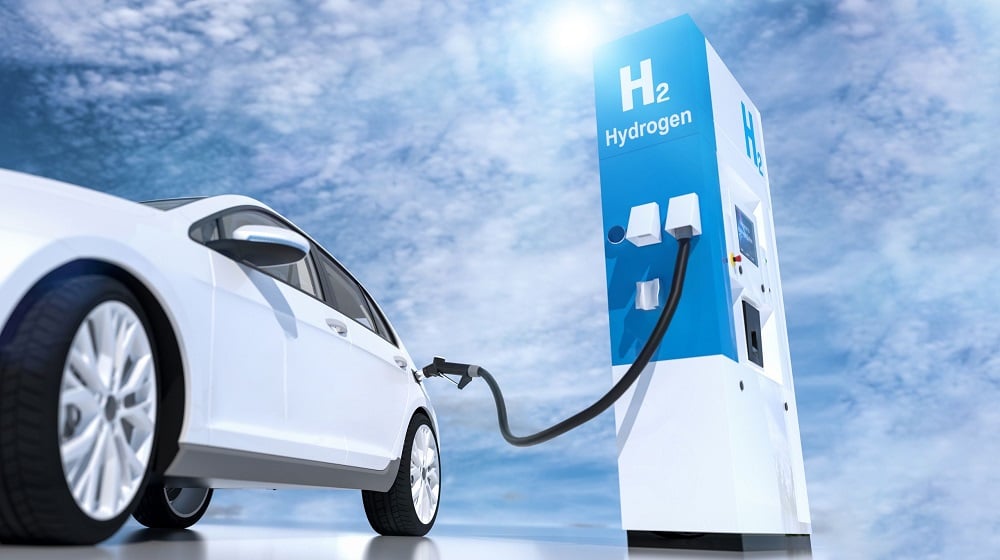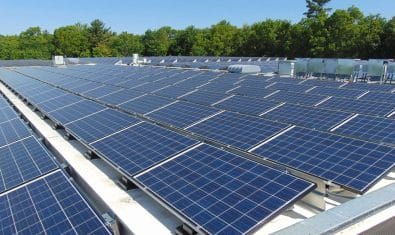Researchers at the University of Michigan claim to have found a way to produce hydrogen for hydrogen fuel cell electric vehicles (HCEVs) in an efficient and affordable way.
Hydrogen has the potential to replace petrol in internal combustion engines because it is clean, non-toxic, and renewable. However, there is a slight problem in producing hydrogen en masse to replace petrol.
Currently, the gas is created either through electrolysis or from natural gas. Both methods have their shortcomings. A more efficient way to produce hydrogen is to use the sun and Michigan researchers have done just that.
Michigan researchers have improved a process called artificial photosynthesis. They successfully produced hydrogen with more efficiency than natural photosynthesis used by plants.
This process uses semiconductor catalysts. It needs a tremendous amount of heat to expedite the process and stop oxygen and hydrogen from re-bonding. Unfortunately, existing semiconductors can’t handle the heat needed in the process.
Michigan researchers also addressed this problem by shrinking the semiconductors by over 100 times.
They also used self-healing semiconductor technology and carried out the process on a light source 160 times more intense than sunlight.
The artificial photosynthesis process improved by Michigan researchers uses one part of the light source to heat water and the other to break the water molecules, resulting in more hydrogen and increased efficiency.
How Does it Work?
Michigan researchers conducted two experiments to test their improved artificial photosynthesis process.
In one of the experiments, hydrogen, and oxygen gases were released from a semiconductor catalyst, which had a layer of water on it, by using natural light that was intensified by a lens similar in size to a window.
This experiment was conducted outdoors. The semiconductor was made of indium gallium nitrate, grown on a silicon surface.
In the outdoor test, artificial photosynthesis achieved a 6.1% efficiency in converting water into hydrogen, which is significantly more efficient, nearly 10 times, than previous solar water-splitting experiments. Its efficiency increased to 9% when the same process was repeated indoors.
What’s Next?
The next step in this artificial photosynthesis is to improve its efficiency and increase the purity of the hydrogen. Achieving this would enable the hydrogen to be fed directly into fuel cells, reducing the additional energy consumption and costs associated with traditional processes.
Michigan researchers believe that “artificial photosynthesis devices will be more efficient than natural photosynthesis, which will provide a path toward carbon neutrality.”



























